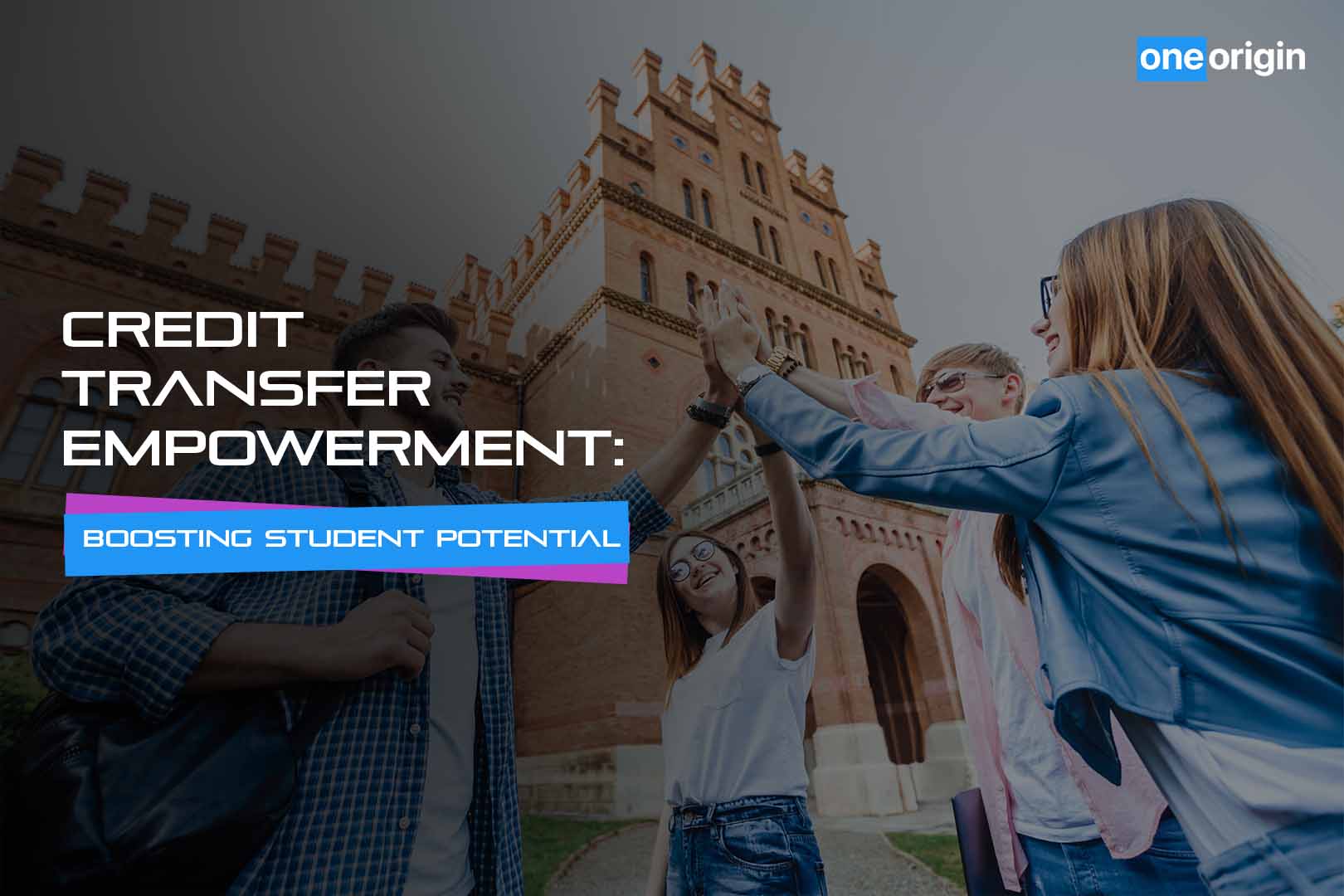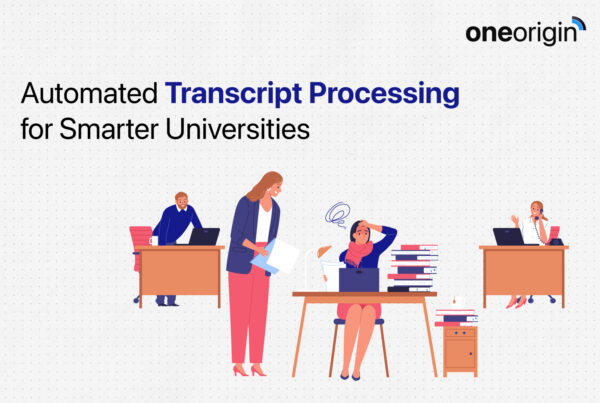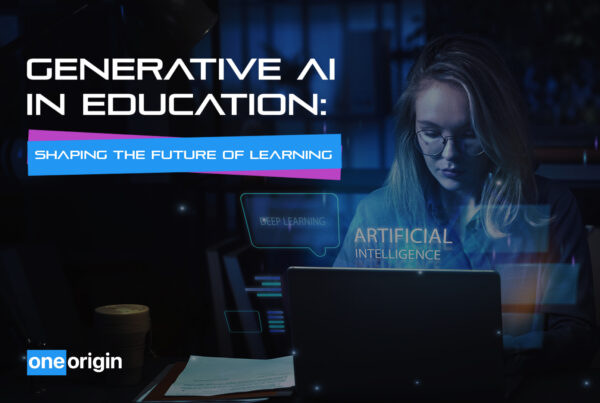In the intricate layers of higher education, the threads of credit transfer weave a complex pattern, often presenting challenges for registrars, enrollment officers, and, most importantly, transfer students. Imagine, if you will, a bridge connecting two distinct lands – one, the realm of earned credits and experiences, and the other, the land of new opportunities and educational degrees. This bridge, built on the sturdy pillars of data systems, is transforming the landscape of course transfer equivalency, course credit transfer, and the overall journey of undergraduate students looking to transfer their hard-earned credits.
The Bridge of Transition
Every year, many students face the challenge of transferring credits between institutions, a process that should be simple but often feels complex. Community colleges are crucial in higher education, serving as the initial step for a third of college students, most of whom aim for a bachelor’s degree or beyond. Despite their aspirations, only 13% successfully transfer to a four-year institution and earn a bachelor’s degree within six years. This significant gap underscores the urgent need for improved support systems and smoother transfer processes, highlighting the potential of data systems to facilitate these transitions in higher education.
Course Transfer Equivalency Explained
Grasping course transfer equivalency is crucial for community college students moving to universities, to validate their credits and maintain educational progress. It involves a thorough assessment of course content and outcomes, not just titles, to confirm equivalent learning. Universities are now using sophisticated data systems to simplify this process, ensuring smoother and less cumbersome credit transfers.
Enhancing Transparency and Trust
Trust and transparency are essential in the credit transfer process. Universities play a key role in fostering trust between themselves and their students by ensuring that records of course equivalencies and transfer policies are transparent, easily accessible, and verifiable, thereby making the entire process more transparent. The path for transfer students is fraught with potential hurdles, from losing credits to misinterpreting transfer policies. Exploring how data systems can remove these obstacles, offering a more seamless experience for students as they navigate the complexities of transferring between institutions.
Overcoming Common Challenges
Despite the advantages, integrating data systems into the credit transfer process comes with its set of challenges, such as data privacy concerns, system interoperability issues, and the need for standardized data formats. This section will address these challenges and suggest potential solutions. Upon completing high school, students have the option to pursue their studies at an accredited college, state university, or community college, the latter offering a quicker and more cost-effective route to a degree. However, when it’s time for these students to progress further in their educational journey, they often encounter the daunting complexities of the credit transfer process. Challenges that frequently confront transfer students include:
- Volume of Information: Universities face the immense task of sifting through vast amounts of course descriptions and academic policies from various institutions. This can be time-consuming and overwhelming.
- Inconsistencies in Data: Course content, credit values, and grading systems can vary widely between institutions, leading to difficulties in establishing equivalencies.
- Keeping Information Up to Date: Academic curricula are constantly evolving. Manually tracking these changes for credit transfer purposes is challenging and requires regular updates.
- Resource Intensive: Manual processing demands significant human resources and time, which can strain university administrative departments.
Imagine a cutting-edge product designed to be a game-changer, offering transformative solutions for the challenges mentioned. This sophisticated platform leverages the power of artificial intelligence to streamline the complexities of automated transcript processing and credit transfers for universities.
Credit transfer made easier with AI – Airr
Shifting course credits from one institution to another often feels like trying to find your way through a complex labyrinth. That’s where Airr steps in, simplifying the entire process by accurately evaluating and allocating transfer credits, ensuring students are rightfully recognized for their previous academic efforts. Airr transforms what is usually a daunting task into a smooth and straightforward experience. It’s like having a guide who speaks the intricate language of academic credits fluently, ready to help you navigate through the complexities with ease.
Advantages of Integrating Airr:
- Personnel savings: Process a large volume of transcripts without the need to hire temporary staff.
- Increased efficiency and accuracy: The automation improves accuracy and efficiency, allowing for a quicker turnaround.
- Scalability: Enables efficient management of increasing enrollment tasks.
- Time efficiency: Gain an edge over other universities by accelerating application response times.
- Improved staff and student experience: Improves experiences through streamlined communication, automated processes, and easy resource access.
Conclusion
In higher education, the credit transfer process is a vital link between students’ past efforts and future goals. Enhanced by systems like Airr Turbocharged by Sia™, this process is becoming more straightforward, efficient, and clear. Addressing challenges from complex credit equivalencies to credit recognition, Airr introduces solutions that streamline procedures, enhance connectivity, and improve transparency. This progress not only simplifies administrative tasks but also builds trust in the academic transition. The adoption of such technologies is set to further ease the credit transfer journey, ensuring fairness and clarity for all students.





